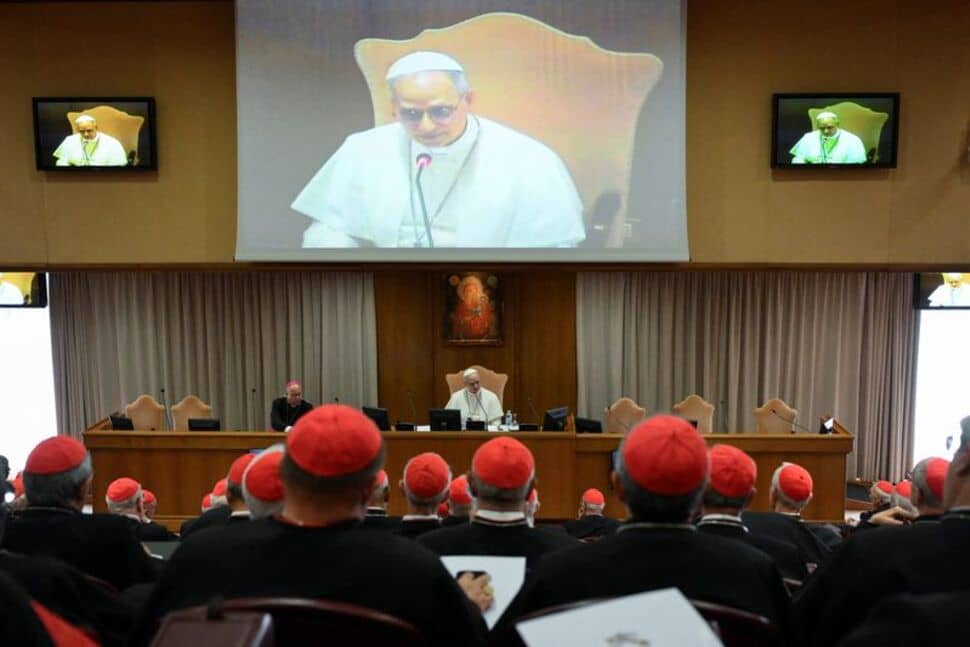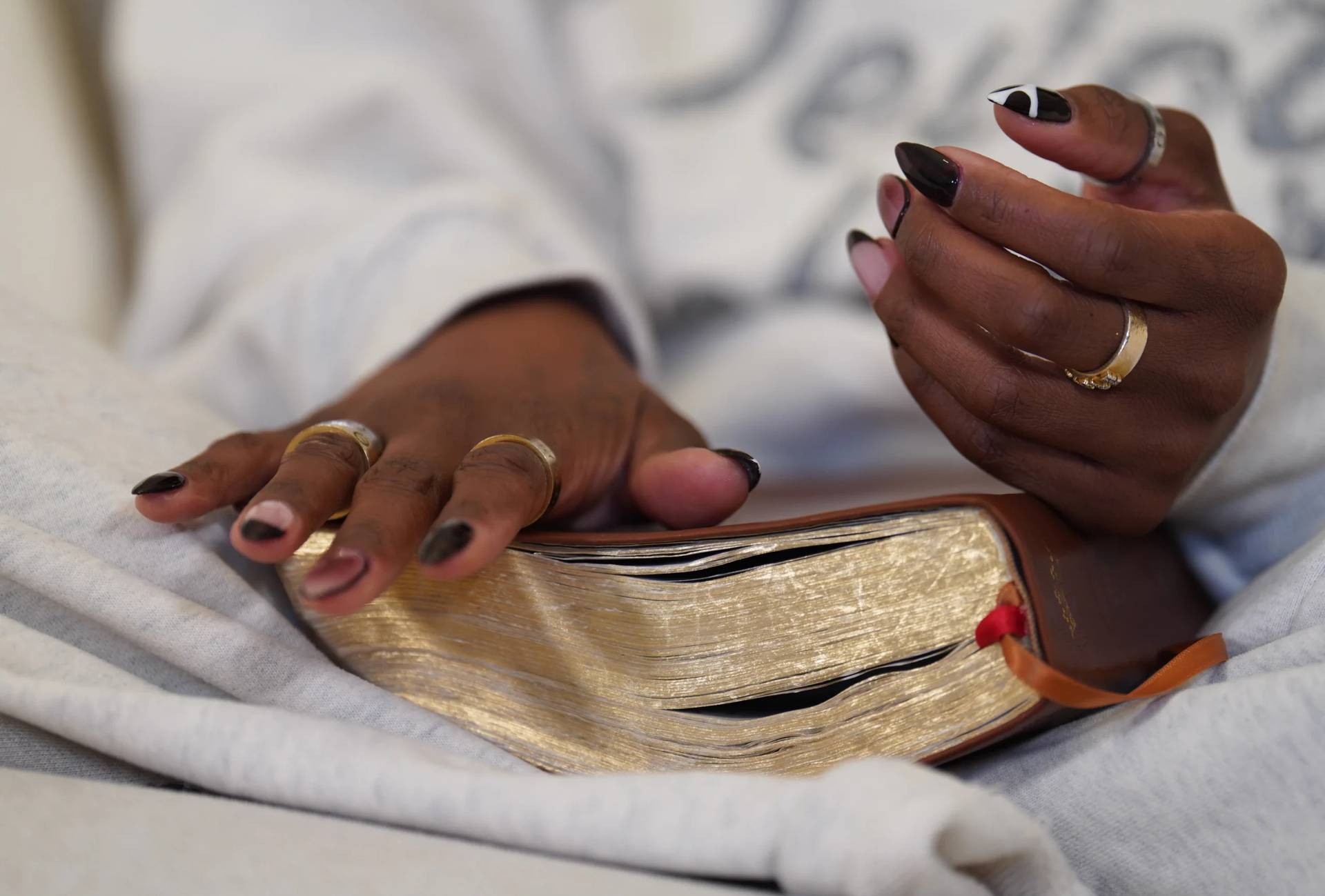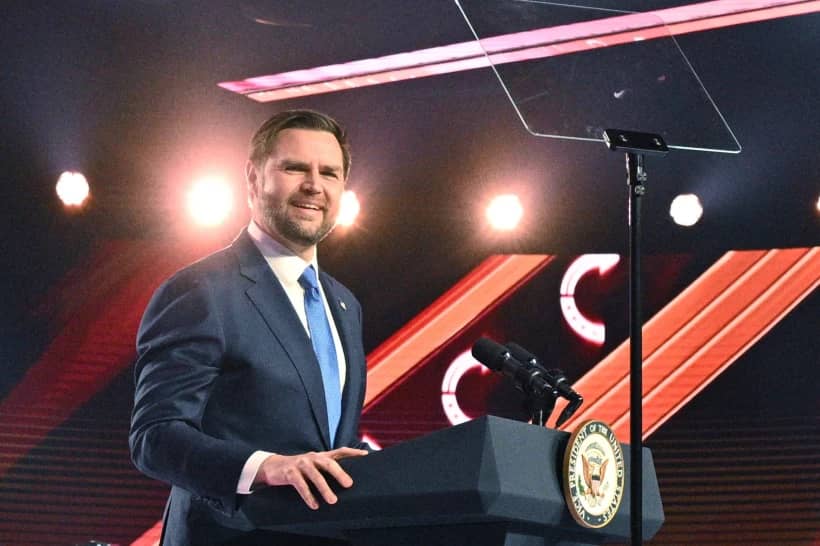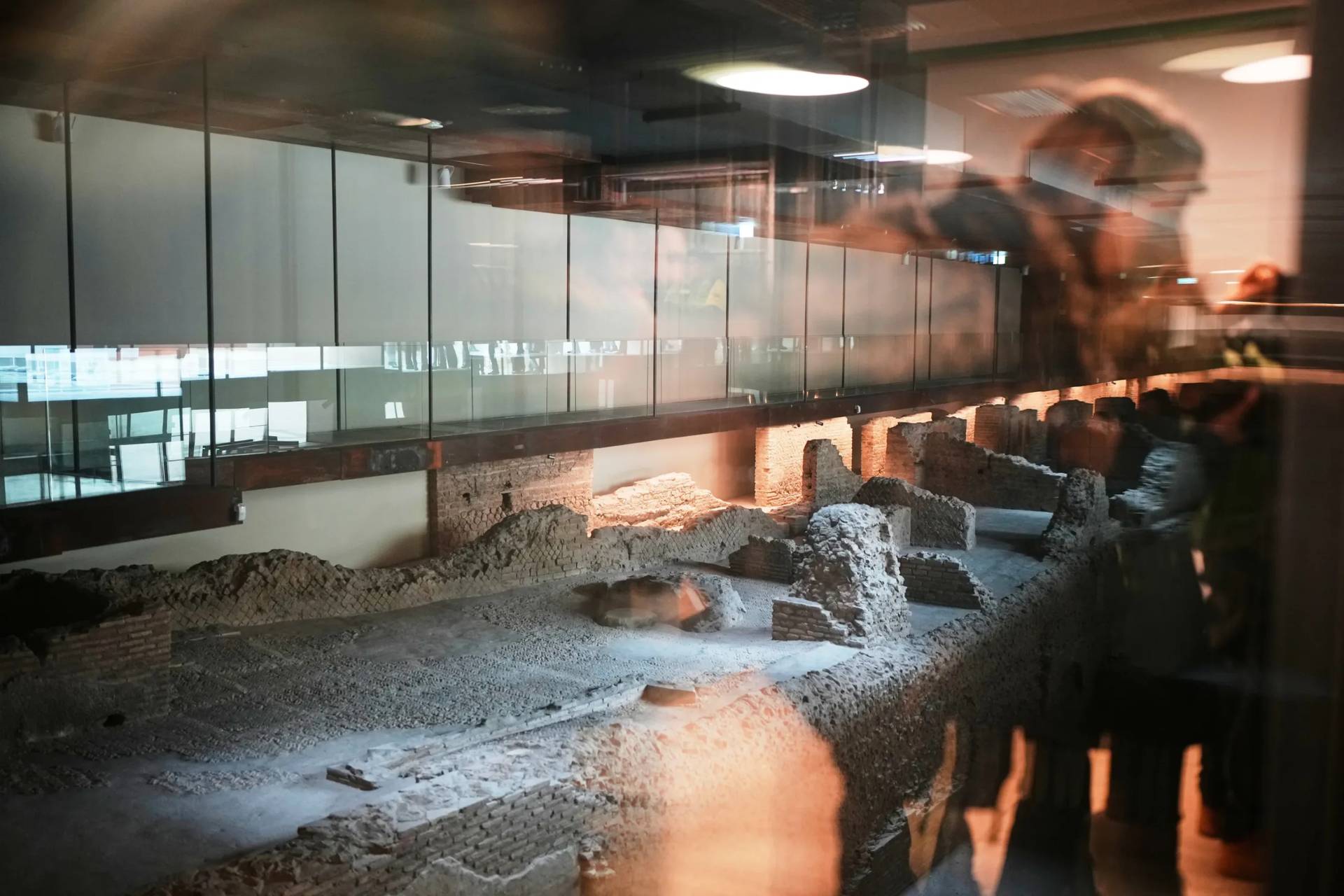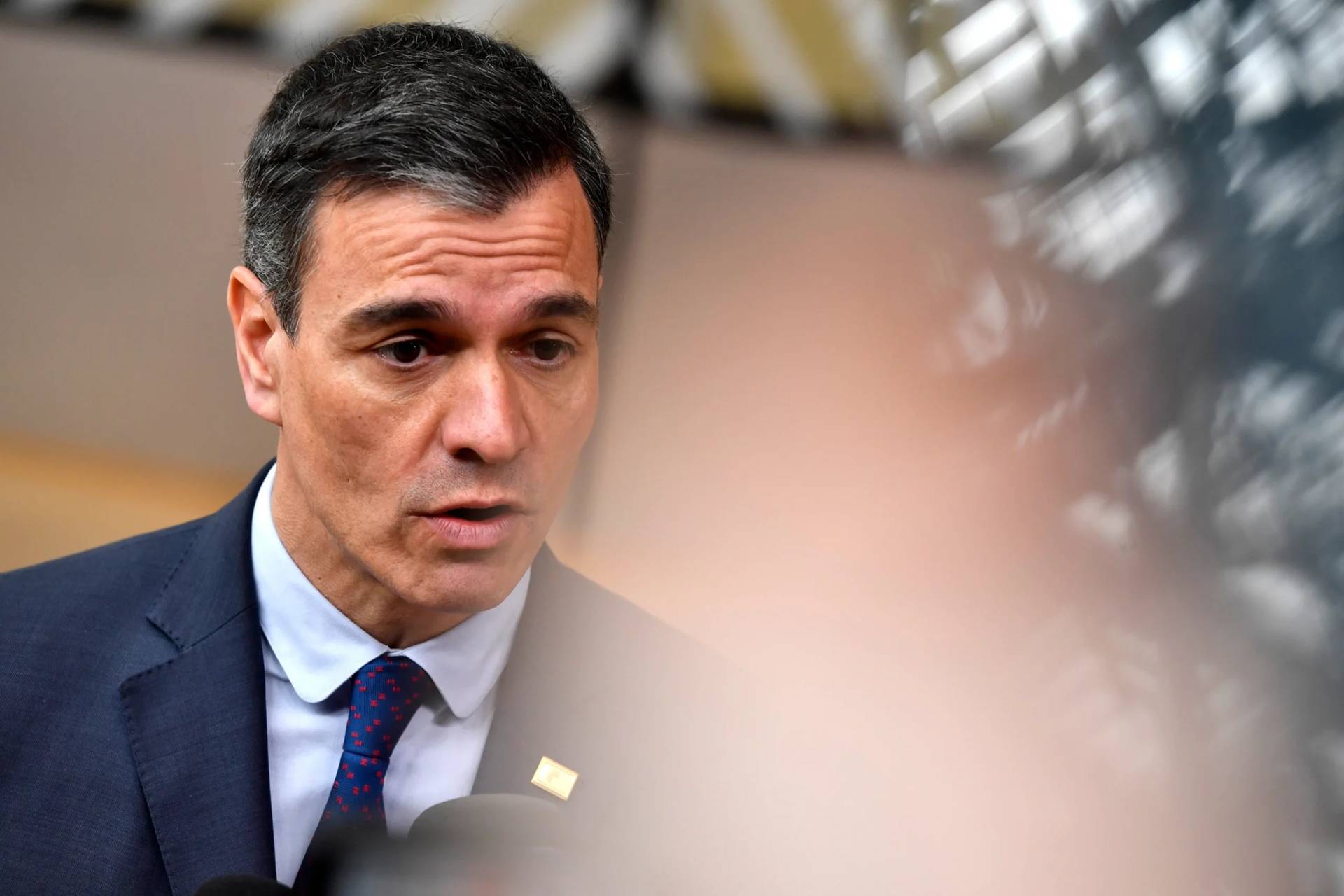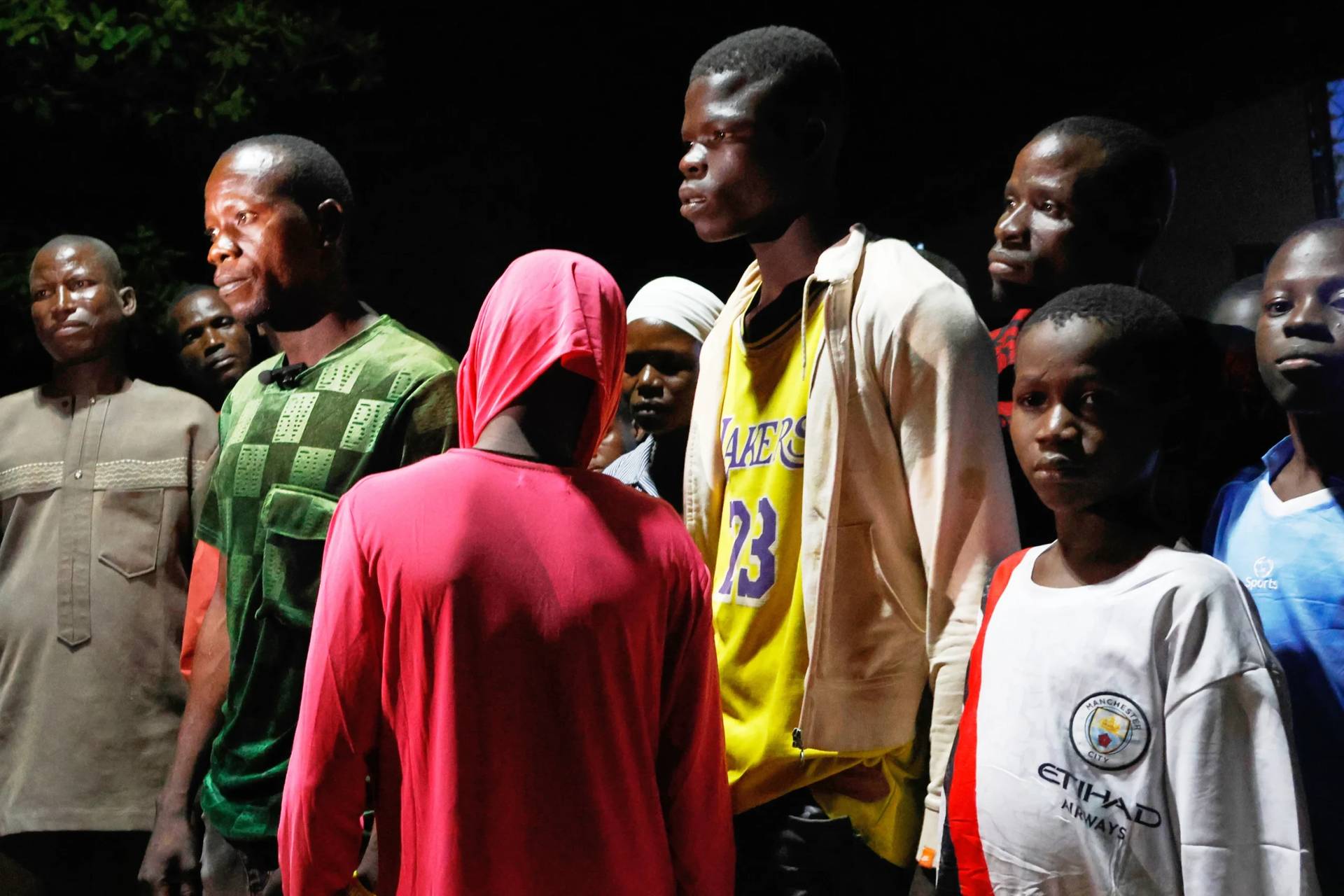ROME – Considering how hard it can be for a family to pick what to watch for movie night, one can only imagine the massive challenge that bishops convening from all over the world at the Vatican this month are facing attempting to decide upon a coherent path to reach young people today.
It’s not just that young people represent a vast and vague category, or even that the bishops represent different cultures and therefore different priorities and issues – getting such a large collection of alpha males to agree on anything is an obstacle all its own.
Maybe for this reason, it’s often easier to start with the banalities, the lowest common denominator.
One just needs eyes to recognize that if there is one global factor affecting the lives of young people in our time it’s digitalization. The rise of the internet is creating a significant gap between the experience of young people today and that of their parents and grandparents.
From agency to authority, from relationships to privacy, the digital age has shifted the paradigm forever. It’s no wonder then that many bishops – some of them avid email readers, podcasters, YouTube sensations and App users– feel the need to push the Church out of the sacristies and onto the World Wide Web.
“The Church must learn to inhabit the digital world,” said Father Valdir José De Castro, Superior general of the Pauline Society, during an Oct. 19 press conference at the Vatican as part of this month’s Synod of Bishops on Young People, Faith and Vocational Discernment.
“Young people are totally immersed in the digital world, and one of the main steps for evangelization is the creation of human relationships,” he said, adding that for the Church to build those relationships, “the digital world is an essential element.”
Sure, for many young people and adults today that may seem like an obvious deduction – like the discovery of hot water – but, judging by the Church’s handling of the internet age to date, it may not be as banal as it seems.
A pre-synod assembly in March, when young people met at the Vatican to set the stage for the gathering of bishops, signified one of the Catholic Church’s first major forays into the digital realm.
Its Facebook private pages quickly had to come to terms with a reality that any amateur blogger around the world is familiar with: trolling. Dozens of accounts targeted the synod’s social media efforts, taking control of the conversation, spamming insults and hogging the debate.
Before that, an effort by the Vatican’s communication department to photoshop a letter by Pope Emeritus Benedict XVI resulted in one of the most embarrassing – not to mention unnecessary – public relation fiascos in recent memory.
While the Church may be a newbie in terms of understanding the dynamics of social media and the internet, it’s also fair to say that Pope Francis has single-handedly brought the digital agenda forward. His panache for selfies, his monthly online videos and all-around authentic persona strike a chord in today’s multifaceted digital reality.
Francis and his pastoral approach lend themselves easily to becoming a viral social media phenomenon, one that the Catholic Church could ride to reach many more young people and which could prove to be a powerful evangelization tool.
Bishop Joseph Naffah, auxiliary of Joubbé, Sarba and Jounieh of the Maronite Church in Lebanon, spoke at the press briefing about his project involving over 500 young people all over the world to create an online Arab speaking community capable of breaking barriers and bringing people together.
“Slowly, we began to discover new horizons,” the bishop said of the five-year-long project.
“Our youth now is on the social communication tools,” he said, “I believe that the Church is called to be strongly present in this world.”
His project has not only brought new motivation to inmates wishing to find a new path, but has also proven to be a powerful instrument of conversion. A young man, paralyzed and capable of using only his two thumbs, found the opportunity though this program to gain agency on the internet.
“First my world was just a small bed,” the young man told the bishop, “now I find myself in the space of the world.”
The power and dangers of the digital world are present throughout the globe and therefore represent a common ground for the bishops who this month are scratching their heads trying to figure out where exactly they are supposed to go to “meet young people where they are.”
The answer is right in front of them, or in their pockets, as relevant for Catholic bishops from the United States as it is for bishops in Ghana.
“Reading books today is not what is in vogue for most [young people],” said Bishop Emmanuel Kofi Fianu of Ho, Ghana. “If we want to read to them then we distribute the Bible not just in terms of production but also its explanation.”
Fianu’s approach combines what little exists of digital ministry with Biblical pastoral ministry, in a country where Catholics are losing many in their ranks to the fiery preaching of Pentecostal groups. The bishop also pointed to the self-propagating power of the internet, where once the seed is set it will be young people spreading the Gospel to one another.
So many young people are used to virtually unlimited power just a finger scroll away and look to their devices for almost anything, from ordering pizza, to binge-watching the latest show, to getting a date. There is no reason why they should not satisfy their thirst for faith and meaning on their screens too.
According to Yadira Vieyra, auditor, researcher and assistant for immigrant families in the United States, who mostly spoke of the plight of immigrants and refugees at the press briefing, young people are asking for more empowerment from their Church.
“A lot of the bishops seem genuinely interested in bringing change in the ministry toward young people,” she said. “Others still need to be convinced the youth matter in the way they we administer to them.”
If there is one thing to emerge from this all-encompassing and ambitious synod it could be just the right push for the Church to go from timidly dipping its toes into the digital pool, to diving right in. As bishops have recognized several times during their gathering, young people are eager to lead and it’s hard to find a spot where they would be more qualified to do so.







